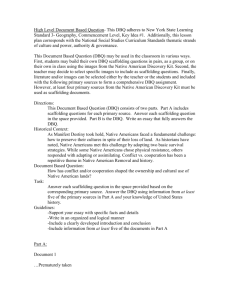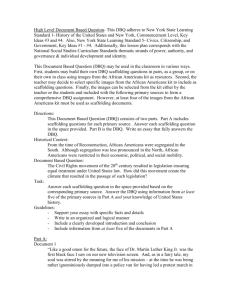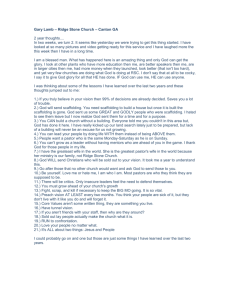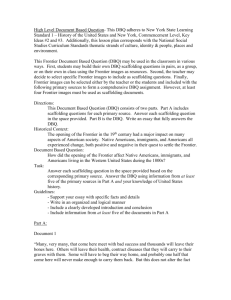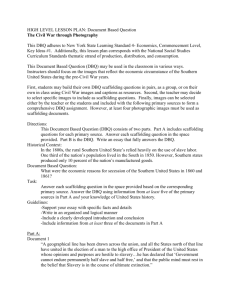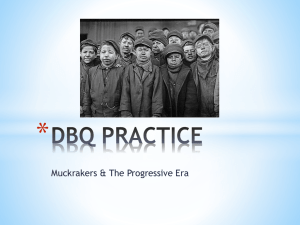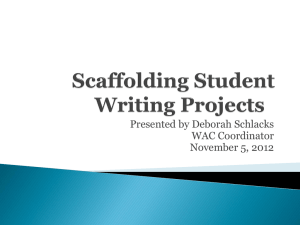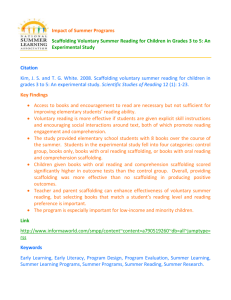High Level Document Based Question
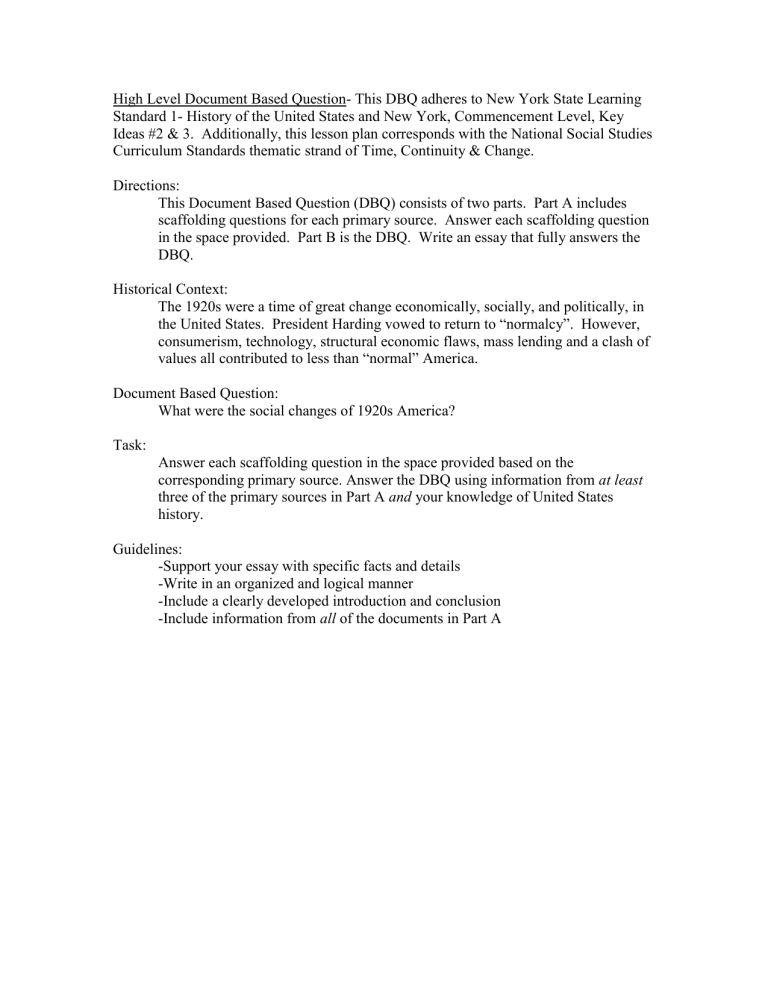
High Level Document Based Question- This DBQ adheres to New York State Learning
Standard 1- History of the United States and New York, Commencement Level, Key
Ideas #2 & 3. Additionally, this lesson plan corresponds with the National Social Studies
Curriculum Standards thematic strand of Time, Continuity & Change.
Directions:
This Document Based Question (DBQ) consists of two parts. Part A includes scaffolding questions for each primary source. Answer each scaffolding question in the space provided. Part B is the DBQ. Write an essay that fully answers the
DBQ.
Historical Context:
The 1920s were a time of great change economically, socially, and politically, in the United States. President Harding vowed to return to “normalcy”. However, consumerism, technology, structural economic flaws, mass lending and a clash of values all contributed to less than “normal” America.
Document Based Question:
What were the social changes of 1920s America?
Task:
Answer each scaffolding question in the space provided based on the corresponding primary source. Answer the DBQ using information from at least three of the primary sources in Part A and your knowledge of United States history.
Guidelines:
-Support your essay with specific facts and details
-Write in an organized and logical manner
-Include a clearly developed introduction and conclusion
-Include information from all of the documents in Part A
Part A:
Document 1
“America’s present need is not heroics, but healing, not nostrums (remedies) but normalcy, not revolution but restoration, not surgery but serenity”.
Warren G. Harding
Presidential Election Speech
1920
Scaffolding Question:
What does President Harding mean by “normalcy”?
Document 2
“We build our temples for tomorrow, strong as we know how, and we stand on the top of the mountain, free within ourselves”
Langston Hughes
Regarding the Harlem
Renaissance
The Big Sea
1925
Scaffolding Question:
How did the Harlem Renaissance transform the lives of African Americans?
Document 3 http://www.history.ohio-state.edu/projects/uscartoons/gapecartoons/Trusts-
Verdict-10July1899.jpg
Eastman and Edison with motion picture camera
Unidentified photographer
August 1928
Scaffolding Question:
How did the technology shown above change American life in the 1920s?
Document 4
1921
140,000
180,000
Immigration to the United States
Northwestern Europeans
Central Europeans
40,000
295,000
Eastern Europeans
Southern Europeans
Asians 20,000
Scaffolding Question:
How did immigration change from 1921 – 1926?
1926
70,000
50,000
5,000
10,000
2,000
